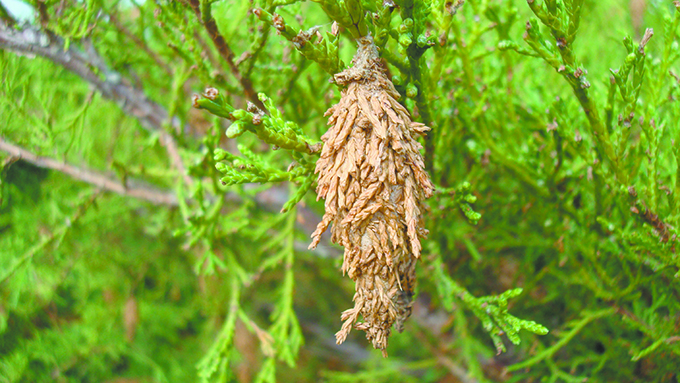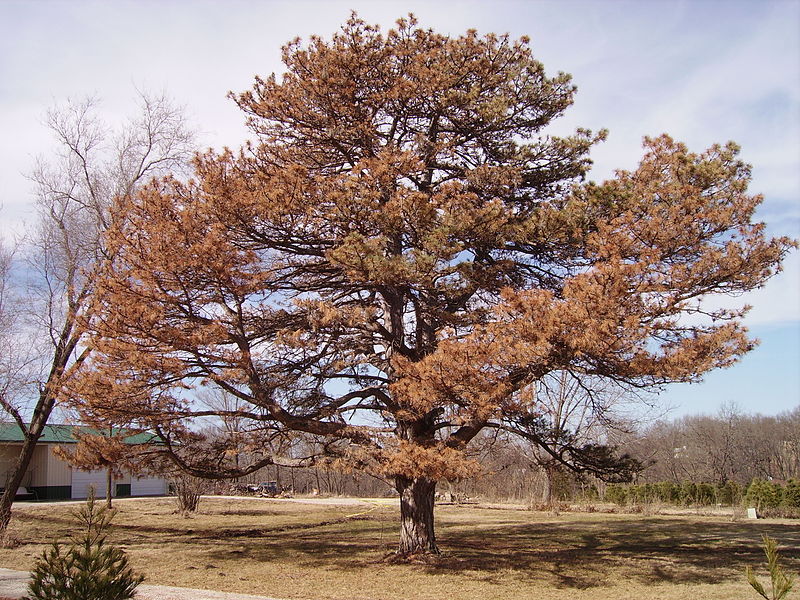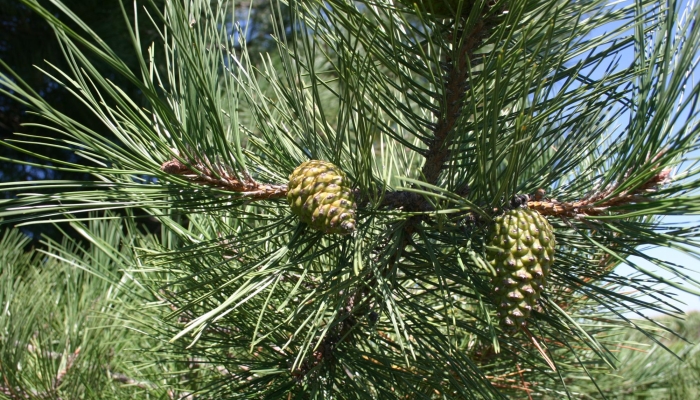Tree Trauma FAQ
Spring will be here before we know it, and with it, some potential problems for the trees on your property. Be alert to the health of your trees and contact the NRD or the UNL extension office in your county if you have questions.
This is a brief resource on some tree issues the NRD been asked about recently:
EMERALD ASH BORER
You’ve probably heard the news about the threat of Emerald Ash Borers, the invasive Asian insect that has been spreading across the United States since 2002 leaving tens of millions of dead trees in its wake. This insect has been found in eastern Nebraska and the infestation is expected to further impact the state in 2020. The Emerald Ash Borer (EAB) is a wood boring insect that is typically ½ inch long and is a metallic green color with a bronze color underneath the wings. These insects tend to attack healthy trees, while most other boring insects will only feed on stressed or dying trees. Signs of EAB infestation include:
- Suckers (new sprouts shooting out from the base of the tree)
- Decline in the tree from the top of the canopy downward
- Small D-shaped exit holes along the trunk and branches
- Increased woodpecker damage
- S-shaped serpentine galleries underneath the bark of the tree
If you notice symptoms of EAB in your ash tree, you should contact your local University of Nebraska-Lincoln Extension Educator. Trees invested with EAB are treatable if the damage is not yet severe. Trees with more than 50 percent canopy loss will likely not recover. There are several treatments available to control EAB infestation on your trees; however, doing the job properly (especially on large trees) may require professional assistance.
More information can be found at nfs.unl.edu/nebraska-eab.

BAGWORM
Bagworms are a type of caterpillar that infest conifer trees and can cause death or serious damage. You likely won’t see the caterpillars, but you might notice the two-inch bags covered with bits of needles or leaves that will hang like ornaments from your tree. Each bag can contain 1,000 eggs. When the eggs hatch in May or June, the insect will feed on the tree before developing into ash-colored moths. Adult moths will emerge in September to find a mate and create new egg sacks. For a small tree infestation, you can pick off and destroy the bags before they hatch in May, thus disrupting the life cycle. For a large tree infestation, thoroughly spray foliage with an insecticide while the larvae are small (mid-June). You may need to reapply in July. More information on specific treatments can be found at nfs.unl.edu.

PINE WILT
Pine wilt is a disease that has killed thousands of trees in Nebraska since the mid-1990s. Trees affected by pine wilt initially develop faded gray-green needles, which quickly turn brown. Symptoms develop rapidly in late summer or fall. Some trees die branch by branch, especially from late fall to late spring. Dead needles may remain on the tree for a year or more. Pine wilt is caused by microscopic worm-like organisms (nematodes) that are carried from tree to tree by pine sawyer beetles. Adult beetles land on healthy trees to feed, carrying the nematodes with them. The beetles chew on twigs, creating wounds through which the nematodes enter the trees. Susceptible trees die within a few months following infection.
Scotch pines are highly susceptible to pine wilt and Austrian pine is moderately susceptible. Native pines such as ponderosa and eastern white pine rarely die of the disease. Spruces, firs, junipers and red cedar are not susceptible. Trees with pine wilt cannot be saved. Diseased trees must be destroyed to prevent the beetles from spreading the nematodes to other trees. Healthy, high-value trees can be protected from pine wilt with a trunk injection. The treatment will need to be reapplied every 2-3 years.

Looking for more tree resources? Contact the NRD to request a copy of Conservation Trees for Nebraska, a free booklet that contains information on watering, pruning, and long-term tree care, as well as details about 50+ tree varieties that are well suited for growing in Nebraska. You can also find more information at nrdtrees.org.
*Information from this article is drawn from Nebraska Forest Service and University of Nebraska resources.

